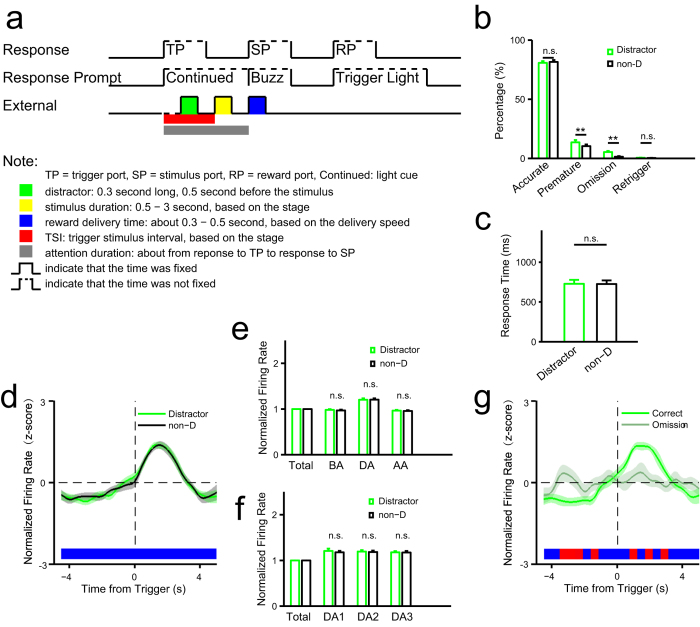Figure 6. Effect of an auditory distractor on sustained attention.
(a) Schematic of events in one trial (for comparison see Fig. 1d). A 0.3-second auditory distractor was delivered 0.5 second before stimulus delivery. (b) Comparisons of behavioral performance between trials with and without distractor (rat no. = 23, non-D: trials without distractor) (accurate: t(22) = 0.85, P = 0.407; premature: t(22) = 3.60, P = 0.0016; omission: t(22) = 3.44, P = 0.0024; retrigger: t(22) = 0.79, P = 0.441). (c) Comparisons of reaction time between trials with and without distractor (t(22) = 0.17, P = 0.867). (d–g) Electrophysiological data (rat no. = 4). (d–f) Comparisons between trials with and without distractor for all attention-related activated neurons (n = 19). (d) Trend of normalized firing rate in correct trials aligned to the time from trigger. (e) Comparisons in normalized firing rate (see Fig. 3e) in the three time windows BA, DA and AA (see Fig. 3c) between distractor and non-distractor trials (two-way ANOVA with Greenhouse-Geisser adjustment: distractor: F(1,18) = 1.81, P = 0.195; time: F(2,36) = 53.43, P = 5.92e-11; distractor × time: F(2,36) = 0.22, P = 0.801). (f) Comparisons in normalized firing rate in the three time windows DA1, DA2 and DA3 (see Fig. 3c) between distractor and non-distractor trials (two-way ANOVA with Greenhouse-Geisser adjustment: distractor: F(1,18) = 0.03, P = 0.868; time: F(2,36) = 3.08, P = 0.072; distractor × time: F(2,36) = 0.77, P = 0.465). (g) Trend of normalized firing rate of attention-related activated neurons (n = 13) in correct and omission trials in distractor condition with omission trials. The statistic results showed in panel b and c were from t tests. The statistic results showed in panel e and f were from post hoc simple effect analyses (MANOVA).

